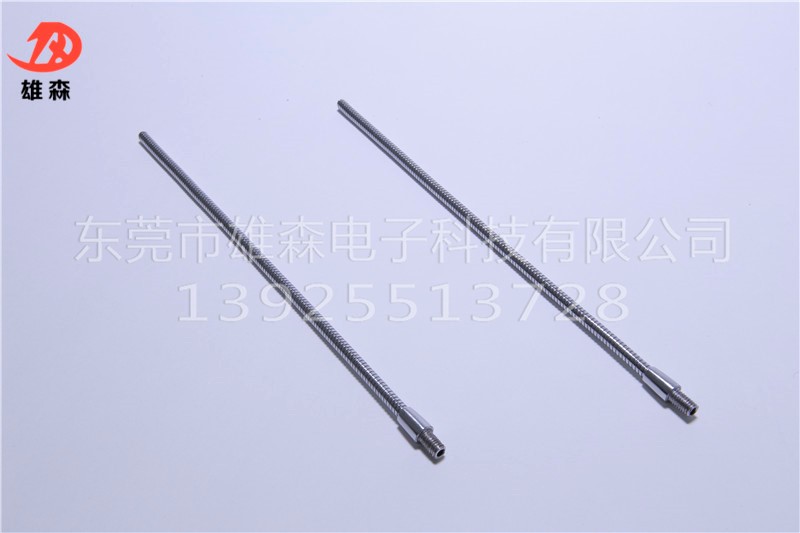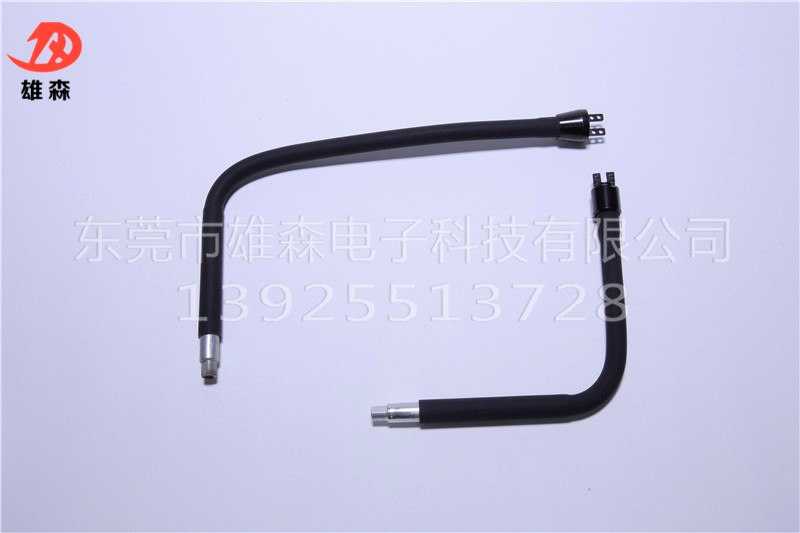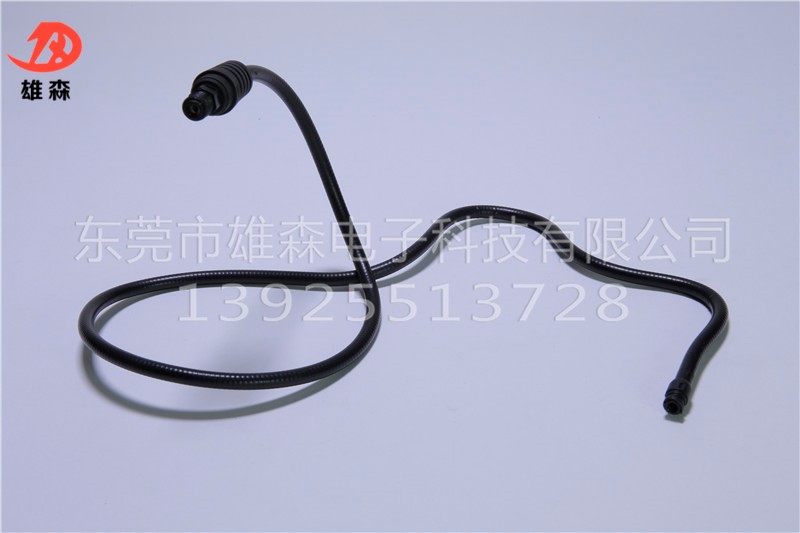customer service email:xiongdagooseneck@foxmail.com






| What are the forming techniques for gooseneck tubes? Xiong Sen has already published some, but many friends have asked me if there are other forming techniques for this product besides those few. Yes, there are! Now I will share a few more forming techniques for this product with you. Rolling forming: This type of forming method involves placing the tube in a forming machine, where the rotation of the working wheel creates friction between the tube and the working wheel. The tube rotates by friction, and the working wheel feeds radially into the tube, gradually forming a bulge, or primary wave. As the working wheel radially feeds the pipe, the forming wheel gradually moves closer to the axial direction, and then the U-shaped wave corrugated pipe rolls up along the circumference of the pipe. Rolling can form one or more corrugations at a time and is suitable for the production and processing of large-diameter gooseneck tubes, but because the production of large-diameter seamless gooseneck tubes is difficult, this forming method is rarely used. Expansion forming: The mold for gooseneck tube expansion forming mainly consists of two parts: several independent modules and a conical center in the inner mold. Expansion is the process of pushing the cylinder to make the conical body move up and down, and the circular internal mold inside the tube causes plastic deformation of the tube, forming a wave pattern. When the cone moves down, side pressure is generated on the module, and the side pressure on the module is transferred to the tube, causing the tube to expand and compress into a wave shape, and the module is springe restored after the cone moves up. Welding forming: Gooseneck tube welding forming uses precision welding technology to make a circular mold made of thin plates, which is stamped into a tube-shaped shell with transverse corrugations alternately welded along its inner and outer wall edges. These are the additional forming techniques for gooseneck tubes. After reading so many forming methods for gooseneck tubes, which forming technique do you think is most suitable? |
Previous:What is the reason for leakage in the goose neck tube?
Next:No more!
7 days to return
15 years of technical
Authentic licensed
after-sales service